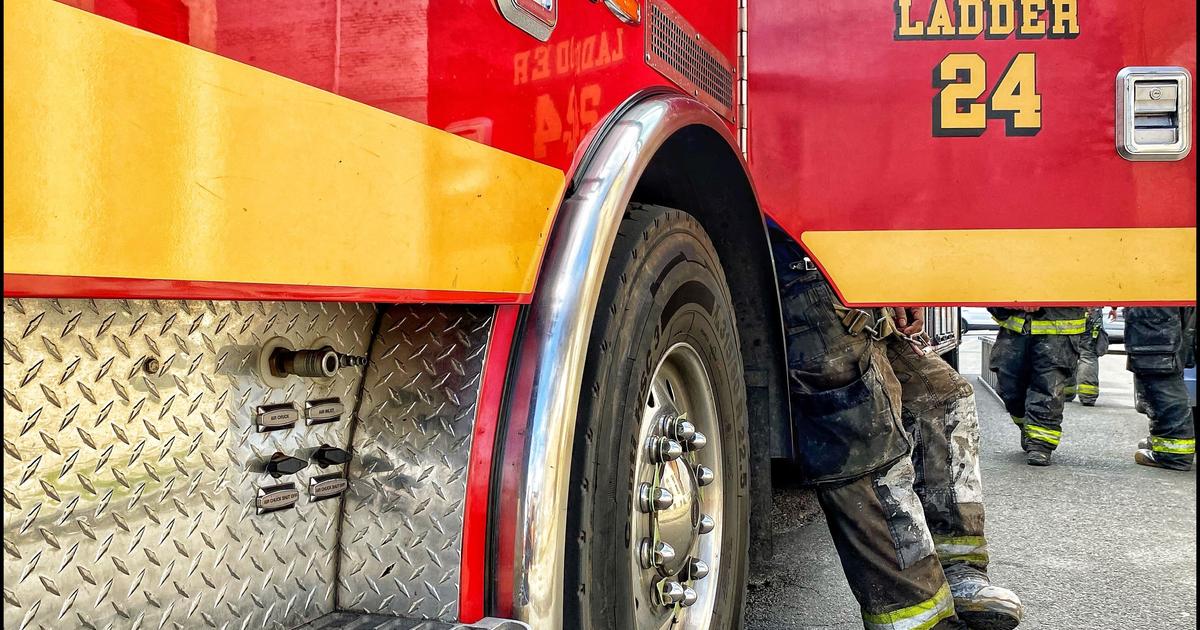How To Pick Out A New Showerhead (And Install It)
Updating the look of your bathroom can be as simple as changing your showerhead. Today's new generation of showerheads offer a wide variety of bathing experiences and can filter out impurities and also be eco-friendly. There's no need to call the plumber, either. Once you settle on the style you want, installation requires little more than the right tools, 30 minutes and these simple instructions. It's never been so easy to get steamy, shiny and clean.
Choosing Your Showerhead
Single-function – Economical and classic, single-function showerheads are a good option for second bathrooms or for those who know what they want and never require deviation in water flow, pressure or pattern.
Multifunction – Multifunction showerheads feature two or three spray-setting options, typically with one low-flow, eco-spray choice.
Low-flow – Eco-friendly, low-flow showerheads can significantly reduce water usage without sacrificing pressure or aesthetics. A wide range of spray patterns can be found in attractive showerhead models that reduce water output to two gallons or less per minute. Showerheads certified as meeting this criterion are identified by the EPA partnership program WaterSense label.
Filtered – Filtered showerheads remove chlorine and other chemicals, resulting in less hard-water staining, removal of chlorine-scented fumes and reduced potential for skin and scalp irritation. People choosing this option rave about increased skin hydration and soft, supple hair.
Rain-fall – Luxurious and indulgent, rain-fall showerheads come in a wide range of sizes, finishes, styles and prices. Rain-fall showerheads simulate the feeling of being in a downpour or waterfall with modulating pressure and patterns adjustable to taste. Some come with angled nozzles, shower arms to provide the additional height needed for this type of installation and even wireless speakers for those who can't leave their music behind.
Installation
Remove the old showerhead – A wrench or pliers can be used to remove your current showerhead. Simply turn the connection nut counterclockwise and slip off.
Clean shower arm threads – Remove any leftover thread seal tape and old mineral deposits from the threads on the shower arm with a mild cleanser and soft toothbrush. Make sure to rinse off any cleanser residue and dry.
Apply new tape – Apply new thread seal tape, also called plumber's or PTFE tape, by wrapping it five or six times around the arm threads. Make sure to go in a clockwise direction, pressing the tape gently into place as you go.
Install new showerhead – Check to see if your new showerhead comes with a rubber washer that should be installed first. If so, slip the washer into the shower arm connection nut and push into place before proceeding with the installation. Screw the new showerhead onto the shower arm and tighten using a strap wrench. If you don't have a strap wrench, place a hand towel on top of the connection and, using a standard wrench or pliers, tighten the nut by quarter turns. Be careful not to over tighten so as to protect the connection nut and shower arm threads.
Check for leaks – Turn the water on to determine if there are any leaks coming from the connection. If so, simply tighten the nut again by an additional quarter turn and re-check. If there is still any leakage, you may have to go back and add more thread seal tape.
Believe it or not, that's it. Now it's time to turn on your new shower, try it out and indulge yourself in water-filled, much-deserved glory.
Corey Whelan is a freelance writer in New York. Her work can be found at Examiner.com.



